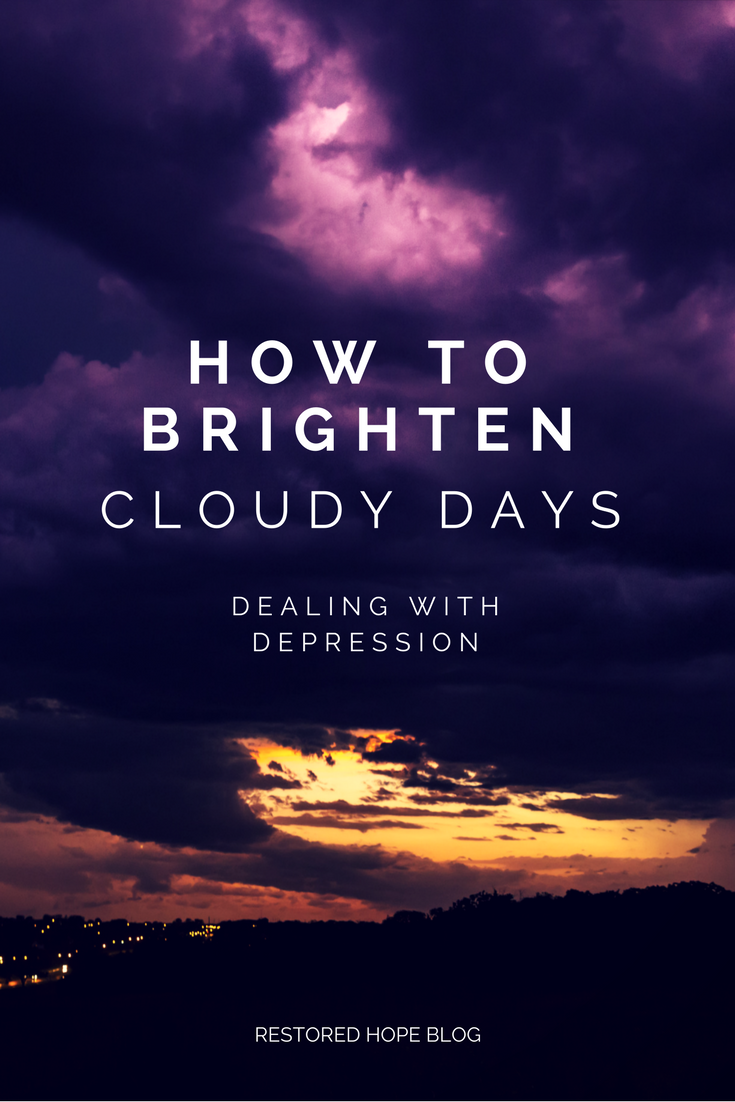Have you ever had those days where nothing seems to go right? I had one recently. I woke up early one morning with full intention to do some work-related writing. Instead of starting work right away, I spent an hour on my iPhone playing games and reading articles on Pinterest. When I finally did get up to start my day, I sat down at my computer and got distracted by more articles on Pinterest and in blogs. Once I finally forced myself to write, I was only able to finish an outline for an article before I felt discouraged and “needed a break.”
I felt disappointed in myself that morning, as I couldn’t check much off my to-do list. As I moved on to the rest of my day, I thought to myself – how in the world do I cheer up after this?
Here’s a few thoughts that came to mind for ways to boost my mood.
Listen to Upbeat Music
True confession: I love boy bands. One Direction and N’Sync are my pop idols of choice. For me, putting on a 1D album will almost instantly change my mood. In fact, a 2012 study in the Journal of Positive Psychology indicated that listening to upbeat music with the intention to boost your mood can cause you to feel happier. Find whatever music is your favorite and put on a CD or radio station that plays it! If you’re in search of ideas, I like flipping through Spotify’s mood playlists, like Mood Booster or Confidence Boost – even without a self-made playlist, you can still find some positive tunes.
Give Yourself Credit for the Good
When I reflected on my morning, my first instinct was to see all the things I did wrong, ways I procrastinated, or work I didn’t accomplish. But, in reality, I did plenty of positive things. I had time for meditation and Scripture reading in the morning. I prioritized my to-do list and completed my top 3 tasks for the day. I showered (that counts, right?) David Burns, in his book Feeling Good: The New Mood Therapy*, identifies a distorted thought pattern he names “disqualifying the positive,” in which people can tend to believe negative thoughts or assumptions about themselves, but discredit any positive beliefs. If I look at my day through the lens of everything I did wrong, of course I’ll feel discouraged. But giving myself credit for those things I did will give that lift to my self-confidence.
Get Outside in Nature
There’s something about looking at beauty that makes it hard to focus on the negative. I spent some time that afternoon sitting out in the backyard with my niece, basking in the sun and watching birds and squirrels. We even saw a baby deer! One evening earlier in the week a friend and I watched a giant cloud pass to the south of us, heat lightning flashing in the outline of the cloud. It was absolutely beautiful. Research shows that spending time in nature (or even viewing it from a window!) can have positive effects on mood, focus, and health. Use the beauty you see to connect you back with a sense of awe and gratitude for the world around you.
Talk it Out
A conversation with a friend can be an instant pick-me-up after a rough day. There’s something powerful about knowing you’re not alone in the world. Everyone has bad days, and having someone to sit with you in the middle of yours can make a huge difference. Having a close network of friends has been shown to help people recover from depression. Give your friend a call, send a text, or even send a quick email to ask for encouraging words.
Give Yourself Permission to Take a Break
So you had a terrible morning trying to accomplish something that you couldn’t finish. So the dishes are piling up in your kitchen, the crumbs have formed a layer on the kitchen floor, and you can’t remember the last time you wiped down the stove. So your to-do list is a mile long and just keeps getting longer. When you’re exhausted and overwhelmed to a point where everything feels like too much, it is okay for you to take a break. Sit down, sip a cup of coffee, read a book, watch a quick YouTube video or TV show – whatever you love doing that refreshes you rather than drains you, give yourself a half-hour to do just that. By giving yourself a short break with intention to return to your work afterwards, you’ll come back refreshed and ready to go.
On that day, did I remember to do these things? Maybe not as much as I would’ve liked. But when I have another discouraging day in the future, I’ll remind myself to return to some of these ideas and make them happen.
This article was originally posted on January 12, 2017.







